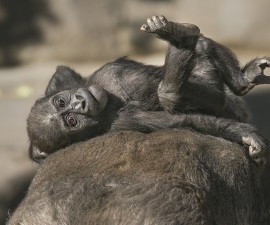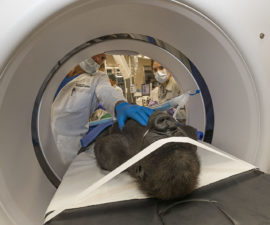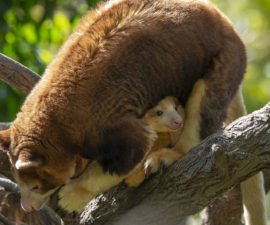BY Marlys Houck, B.S., CG(ASCP)CM
Curator of San Diego Zoo Wildlife Alliance’s Frozen Zoo®
Cryopreservation and biobanking are trending terms that are often linked to saving species or preventing extinction. But what do they entail, and how are they different?
San Diego Zoo Wildlife Alliance’s Wildlife Biodiversity Bank safeguards irreplaceable materials in six distinct biobanked collections. Each of these contains different plant and animal sample types that have specific storage and preservation requirements. All six are biobanks—storage places for biological samples—but only the Frozen Zoo® uses cryopreservation, which keeps the banked materials viable (living).
The Frozen Zoo subset of the Wildlife Biodiversity Bank holds living, cryopreserved fibroblast (skin and connective tissue) cells and reproductive materials (sperm, ova, embryos, and tissue) from over 10,600 individuals and 1,200 mammal, bird, reptile, amphibian, and fish species. There are many representatives from San Diego County, including mountain yellow-legged frogs, burrowing owls, Pacific pocket mice, and Pacific pond turtles.
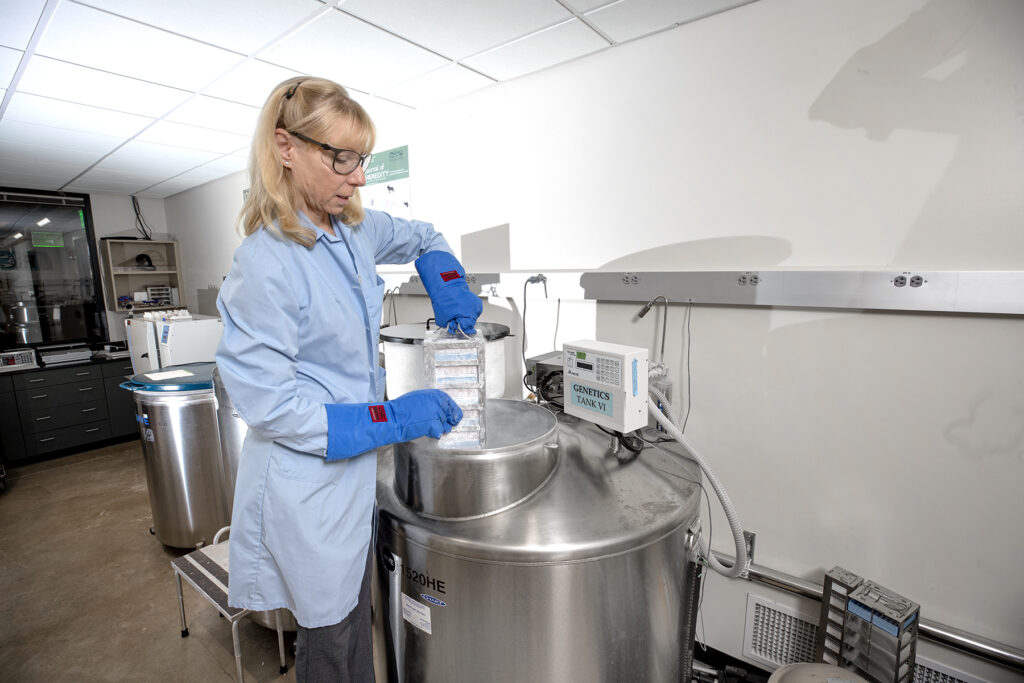
A unique quality of these cryopreserved materials is that although they are frozen, they are viable. Typically, very low temperatures are lethal to unprotected cells—for example, when plants succumb to a hard freeze, or when layers of skin are damaged by frostbite. But if we can maintain the viability of frozen cells, they provide an invaluable resource for wildlife conservation—in ways beyond what non-living material such as DNA or museum skins can accomplish.
Many of the current genetic rescue tools require cryopreserved materials like those archived in the Frozen Zoo. These include assisted reproductive technologies such as artificial insemination, in vitro fertilization, and intracytoplasmic sperm injection; and also other tools like cloning, karyotyping, and generating induced pluripotent stem cells from reprogrammed fibroblasts. Recently, skin cells in our collection were provided to collaborators to produce clones of two endangered species: a Przewalski’s horse and a black-footed ferret.
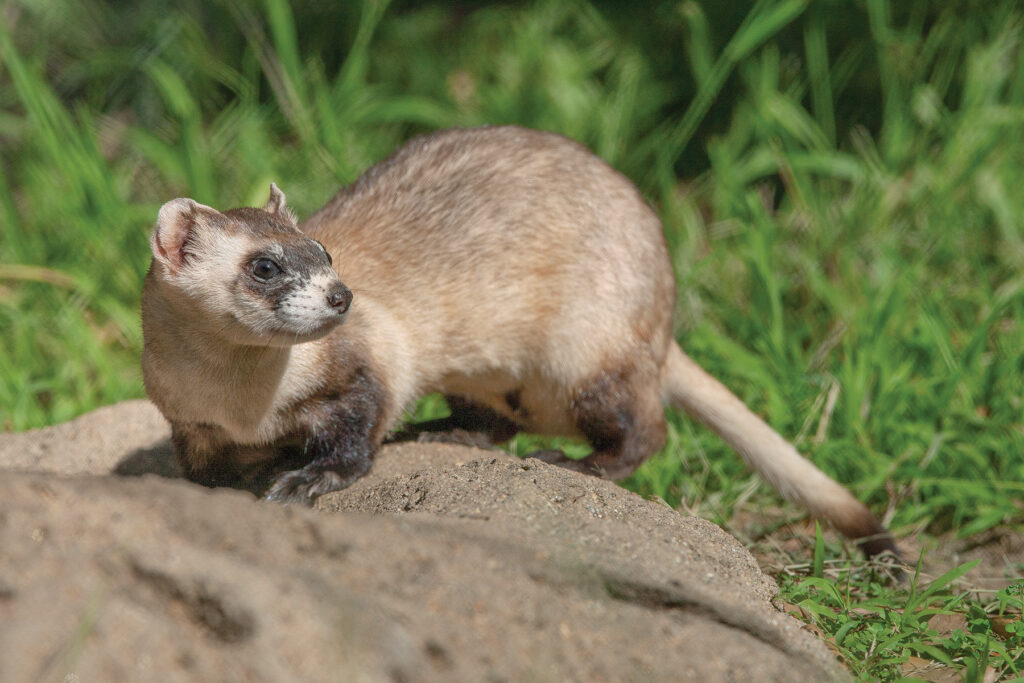
Vials from the Frozen Zoo can be thawed years, or even decades later, and the cells remain viable. So, how is that possible? Cryopreservation, a process of preserving cells and tissues at very low temperatures without causing cell death, is the key. The methods are different for the reproductive cells and somatic cells (body cells like fibroblasts), but both require a cryoprotectant to keep the cells viable while frozen. Cryoprotectants like dimethyl sulfoxide and glycerol prevent the formation of ice crystals, which would destroy the cells by piercing their delicate membranes, causing the nucleus and cytoplasm to disperse.
To establish a fibroblast cell line that will be banked in the Frozen Zoo, we start with a tissue sample, usually collected soon after an animal dies. Biopsy vials containing media with nutrients and antibiotics keep the tissue hydrated, and prevent bacterial or fungal growth during transport at ambient temperature to the tissue culture lab. Here, in a controlled environment, we dice the tissue into small pieces and mix it with an enzyme that releases individual cells from the connective tissue. Soon, they begin to attach to the bottom of a flask, where they grow and divide, making a thick carpet of cells.
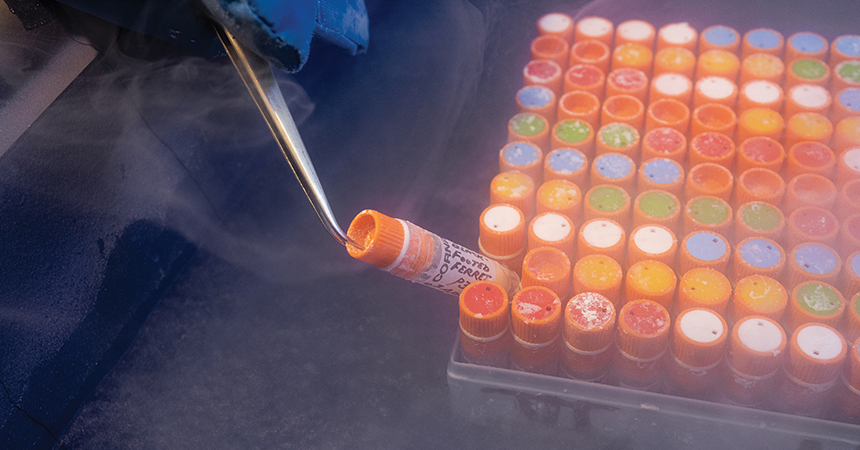
It takes weeks of incubation and nurturing by specially trained cell culturists to expand the cells into more flasks, until there are around 10 million cells. Then, they are collected and mixed with the cryoprotectant, and divided into multiple vials that will be frozen and added to the ever-growing collection. The process for freezing the reproductive materials is very different, and takes another team of specialists.
It’s imperative to cryopreserve samples of as many species as possible, because we can’t always predict which populations may drop to critically low levels next. Each vial we add to the Frozen Zoo today provides hope for wildlife conservation in the future.


